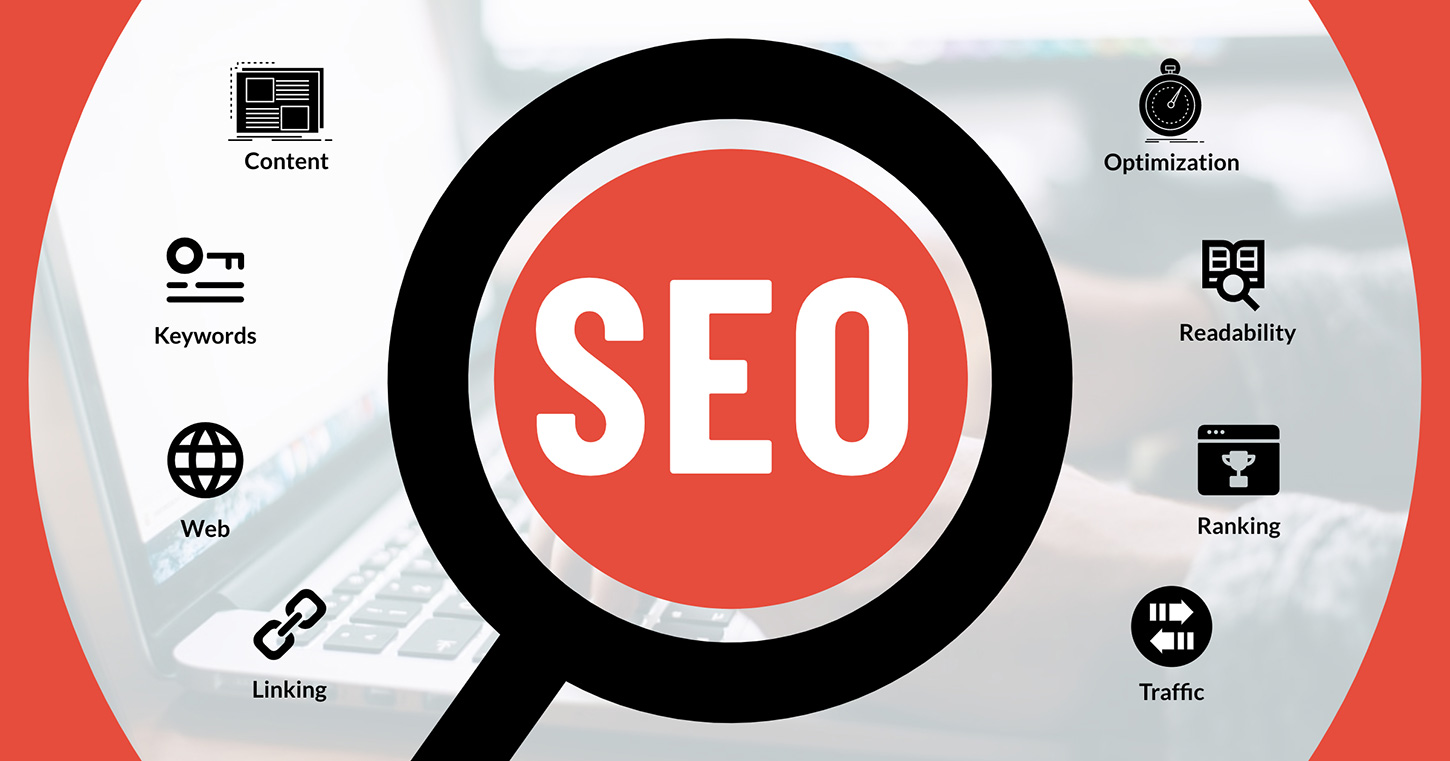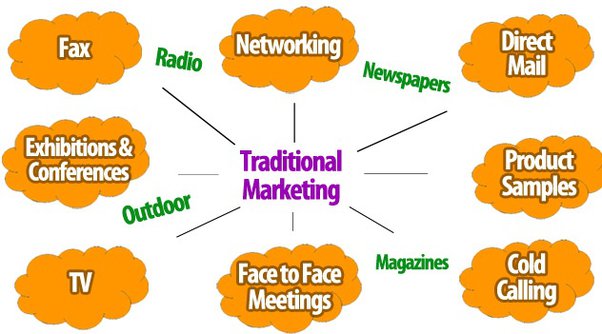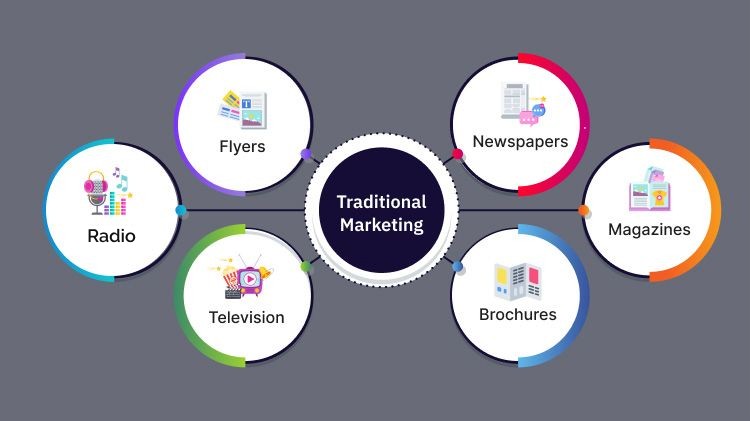Optimizing your content for SEO is crucial for improving your website’s visibility and driving organic traffic. By following a few essential steps, you can ensure that your content ranks higher on search engine results pages (SERPs) and reaches your target audience effectively. Here’s a guide on how to optimize your content for SEO success.
1. Conduct Keyword Research
Keyword research is the foundation of SEO content optimization. Start by identifying the keywords and phrases your target audience is searching for. Use tools like Google Keyword Planner, SEMrush, or Ahrefs to find relevant keywords with high search volume and low competition. Focus on both short-tail and long-tail keywords to capture a broad and specific audience. SEO-friendly phrases like “keyword research tools,” “find relevant keywords,” and “optimize content with keywords” will improve search engine visibility.
2. Create High-Quality, Relevant Content
Content quality is paramount in SEO. Ensure that your content is informative, engaging, and relevant to your audience. Address the pain points, needs, and interests of your readers while naturally incorporating your target keywords. Avoid keyword stuffing, as it can negatively impact your rankings. Keywords such as “high-quality content creation,” “relevant content for SEO,” and “engaging blog posts” can help enhance your content’s SEO readability.
3. Optimize Meta Tags
Meta tags, including the title tag and meta description, play a significant role in SEO. The title tag should include your primary keyword and be compelling enough to encourage clicks. The meta description should provide a brief summary of your content while also incorporating relevant keywords. Using phrases like “optimize meta tags,” “SEO title tag tips,” and “best practices for meta descriptions” will help improve your content’s search ranking.
4. Use Header Tags Strategically
Header tags (H1, H2, H3, etc.) help organize your content and make it easier for search engines to understand its structure. Your H1 tag should contain your main keyword and reflect the primary topic of your page. Subheadings (H2, H3) should be used to break down content into sections and include related keywords where appropriate. SEO keywords such as “optimize header tags,” “using H1 tags for SEO,” and “structured content for better SEO” will boost search visibility.
5. Incorporate Internal and External Links
Linking is crucial for SEO. Internal links help connect related content within your website, improving navigation and keeping visitors engaged longer. External links to authoritative sources can enhance the credibility of your content. Be sure to link to relevant pages and use descriptive anchor text. Keywords like “internal linking strategies,” “external links for SEO,” and “importance of link building” will enhance your article’s SEO performance.
6. Optimize Images and Multimedia
Images and multimedia can make your content more engaging, but they also need to be optimized for SEO. Use descriptive file names, add alt text with relevant keywords, and compress images to improve page load speed. Additionally, consider including video content with SEO-optimized titles and descriptions. SEO-friendly terms like “image optimization for SEO,” “alt text best practices,” and “video SEO tips” will improve your content’s visibility in search results.
7. Enhance Content Readability
Readability is an important factor in SEO. Use short paragraphs, bullet points, and clear language to make your content easy to read. Tools like Yoast SEO and Hemingway can help assess readability and suggest improvements. Keywords such as “improve content readability,” “easy-to-read SEO content,” and “using bullet points for SEO” will help your article rank better.
8. Optimize for Mobile
With the increasing use of mobile devices, it’s essential to ensure that your content is mobile-friendly. Responsive design, fast loading times, and easy navigation on mobile devices are critical for SEO success. Google prioritizes mobile-friendly sites, so optimizing for mobile can significantly impact your rankings. SEO phrases like “mobile optimization for SEO,” “responsive design best practices,” and “improving mobile site speed” will enhance the mobile SEO aspect of your content.
9. Monitor and Update Content Regularly
SEO is not a one-time task. Regularly monitor your content’s performance using tools like Google Analytics and Search Console. Update outdated information, refresh keywords, and continue adding value to your content to maintain and improve rankings. Keywords like “regularly update content,” “SEO content monitoring,” and “improving content over time” will help optimize your article for ongoing SEO success.
By following these steps, you can effectively optimize your content for SEO success, ensuring higher rankings, increased visibility, and more traffic to your website.









